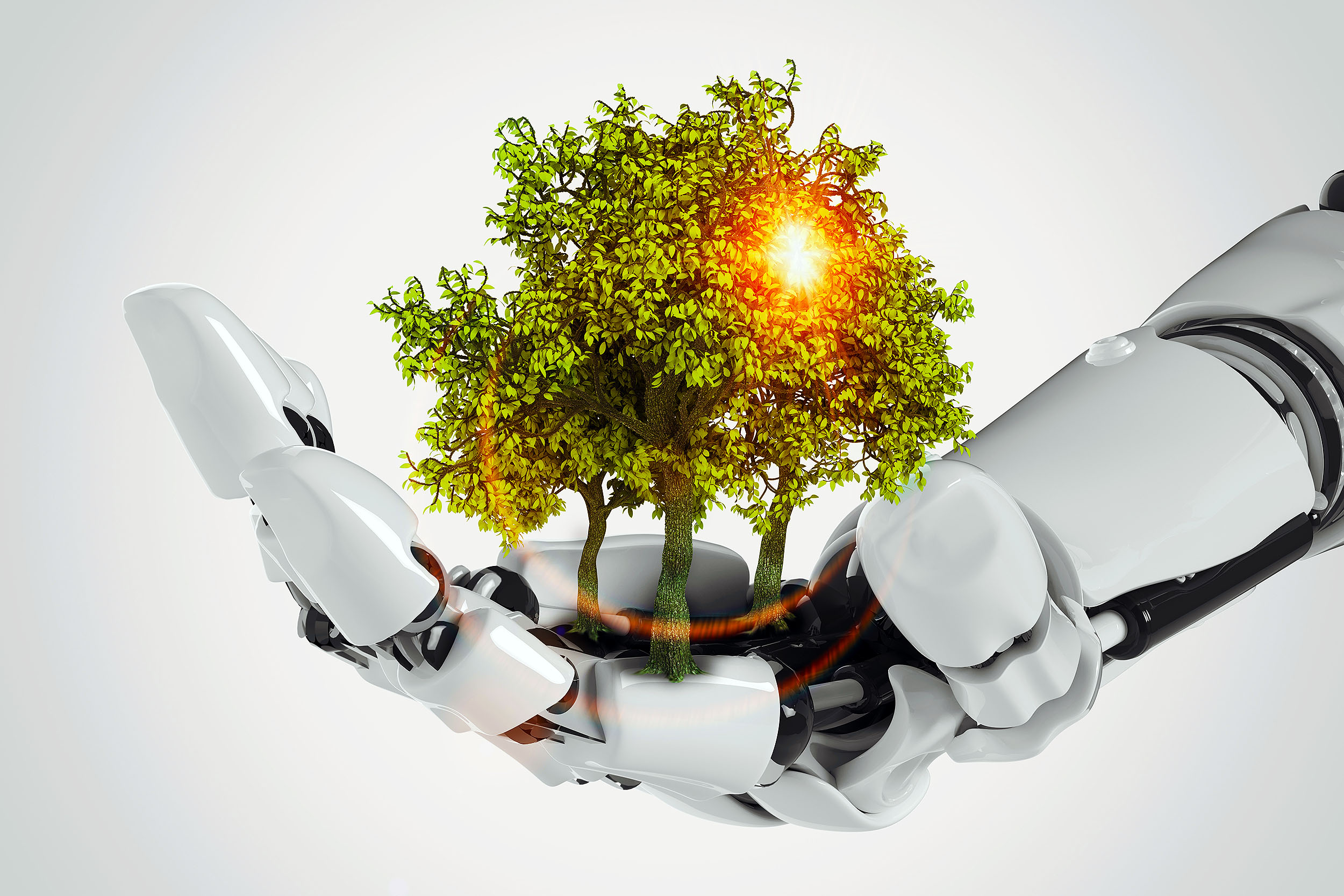Researchers have achieved a noteworthy advancement in artificial intelligence (AI) by effectively replicating the growth and structure of trees. This breakthrough, which merges technology with nature, signifies a crucial moment in digital modeling.
The team was composed of scientists from Purdue University’s Department of Computer Science and Institute for Digital Forestry, in collaboration with Sören Pirk from Kiel University in Germany.
AI Inspired by DNA: Modeling Tree Growth
Central to their project is the DNA molecule, serving as the fundamental blueprint for both the shape of trees and their responses to the environment.
Drawing inspiration from this biological phenomenon, Bedrich Benes, a professor at Purdue, and his team have developed innovative AI models.
Benes explained, “The AI models are trained on extensive datasets to imitate the inherent behaviors that have been discovered.”
These models are noteworthy for their efficiency, condensing the intricate information required to replicate tree structures into a neural model that is merely a megabyte in size.
Benes elaborated, “Despite the complexity of the behavior, it has been compressed into a relatively small amount of data.”
Applications in the Real World
The practical implications of these AI models are profound. Following rigorous training, they can encode the local growth patterns of trees, enabling the generation of detailed tree models with complex geometries spanning several gigabytes.
This technology has the potential to revolutionize various fields such as architecture, urban planning, gaming, and entertainment by introducing a new level of realism to digital environments.
Reflecting on a decade of working with AI models, Benes expressed his excitement about how these advancements will significantly improve digital tree models.
The unexpected yet pleasant surprise was the compact size of these models, encapsulating intricate behaviors within a small data footprint.
The research, detailed in two papers published in the esteemed journals ACM Transactions on Graphics and IEEE Transactions on Visualizations and Computer Graphics, was a collaborative effort.
Purdue graduate students Jae Joong Lee, Bosheng Li, and Xiaochen Zhou, along with Songlin Fei, a prominent figure in remote sensing and director of the Institute for Digital Forestry, played significant roles in this breakthrough.
AI Machine Learning and Tree Growth
The team utilized deep learning, an advanced subset of AI, to create growth models for various tree species like maple, oak, pine, and walnut, with and without leaves.
This method involves training AI models through interconnected neural networks, aiming to emulate certain aspects of human brain functionality.
Despite the increasing prevalence of AI in various domains, its success in modeling 3D geometries, especially those related to nature, has been limited.
Benes noted, “While AI has become ubiquitous, its success in modeling 3D geometries inspired by nature has been mostly limited.”
Traditional approaches to simulating tree growth, often led by experts with biological expertise, have focused on the interactions between trees and their surroundings.
These interactions are influenced by genetic factors such as branching angles and environmental conditions, resulting in diverse tree shapes even within the same species.
The Future of Tree Growth and Artificial Intelligence
In their quest to unravel this complexity, the researchers turned to AI. By inputting data equivalent to thousands of trees into their models, they aimed to allow AI to learn and distill the essence of tree structures.
This approach represents a departure from traditional model-building based on human-generated hypotheses and observations.
Benes explained, “Decoupling the inherent properties of a tree from its response to the environment is highly intricate. We examined thousands of trees and thought, ‘Let AI learn this.’ Perhaps we can then grasp the essence of tree structures with AI.”
Instead of directly mimicking nature, the AI generalizes behaviors from a vast dataset, followed by validation to ensure that the models reflect observed behaviors.
One existing limitation is the scarcity of training data accurately describing real-world 3D tree geometries. The team’s AI models simulate tree developmental algorithms rather than directly imitating nature.
Benes envisions a future where capturing an image of a tree with a cellphone could generate its 3D structure within a computer, offering new perspectives and interactive possibilities.
He stated, “In our methodologies, we had to create the data. Therefore, our AI models do not simulate nature; they simulate tree developmental algorithms.” He envisions reconstructing 3D geometry data from real trees within a computer.
“You take your cellphone, snap a picture of a tree, and obtain a 3D structure on the computer. It can be rotated, zoomed in, zoomed out,” he described. “This is the next step, aligning perfectly with the objectives of digital forestry.”
Digital Forestry and the Future
This vision seamlessly aligns with the mission of digital forestry, ushering in a new era of integration between technology and nature.
In essence, the groundbreaking work of these researchers signifies a significant milestone at the intersection of artificial intelligence and natural modeling.
Their innovative approach, leveraging AI to simulate tree growth and structure, showcases the potential of technology to replicate intricate natural phenomena while opening up a realm of possibilities for practical applications across various fields.
From elevating realism in digital entertainment to assisting in urban planning and architectural designs, this advancement sets the stage for future progress where technology and nature harmonize, offering fresh insights and capabilities that were once beyond reach.
The complete study was published in the journal ACM Transactions on Graphics.






